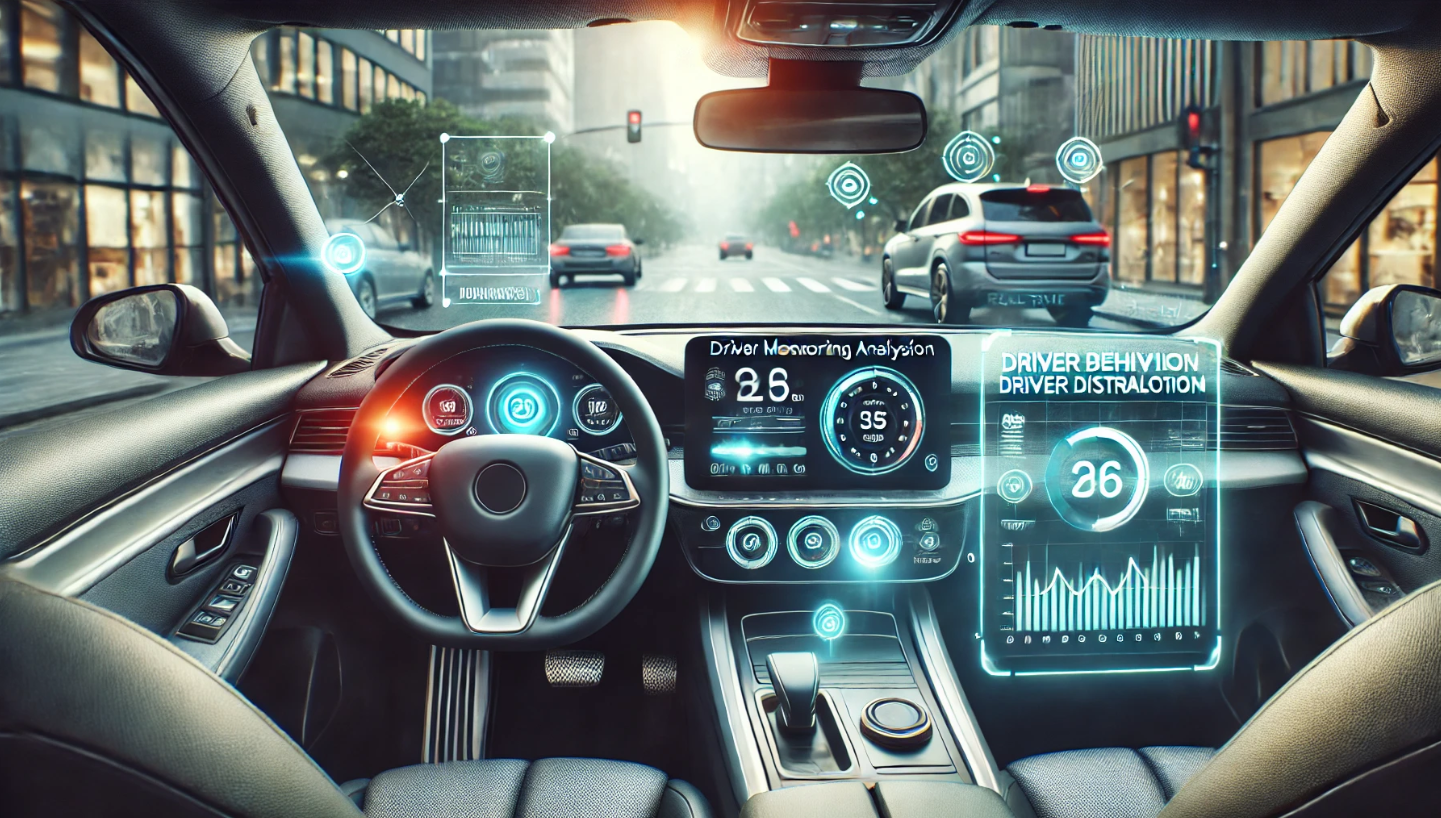Road safety has long been a critical concern for societies worldwide. While advancements in vehicle engineering and infrastructure have significantly reduced accidents, human error remains a predominant factor in road mishaps. Recent innovations in driver behavior analysis offer promising avenues to mitigate this issue by monitoring, assessing, and improving driver performance in real-time. This article delves into the technologies underpinning driver behavior analysis, their impact on road safety, and the challenges and prospects associated with their implementation.
The Imperative for Driver Behavior Analysis
Despite the proliferation of advanced safety features in modern vehicles, statistics reveal that human error accounts for approximately 94% of road accidents. Common issues include distracted driving, fatigue, aggressive maneuvers, and impaired judgment. Traditional methods of addressing these problems, such as educational campaigns and law enforcement, have yielded limited success. Consequently, there is a pressing need for innovative solutions that can proactively identify and correct risky behaviors before they lead to accidents.
Technologies Enabling Driver Behavior Analysis
Telematics Systems
Telematics involves the integration of telecommunications and informatics to monitor vehicle dynamics and driver actions. Devices installed in vehicles collect data on parameters such as speed, acceleration, braking patterns, and cornering. This information is transmitted to centralized platforms where it is analyzed to identify unsafe driving behaviors. Insurance companies have leveraged telematics to offer usage-based insurance policies, incentivizing safer driving habits among policyholders.
In-Vehicle Monitoring Systems (IVMS)
IVMS utilize sensors and cameras within the vehicle to observe driver behavior directly. These systems can detect signs of distraction, drowsiness, or impairment by analyzing facial expressions, eye movements, and head positions. When risky behavior is detected, the system can alert the driver through visual or auditory signals, prompting corrective action.
Advanced Driver Assistance Systems (ADAS)
ADAS encompass a suite of technologies designed to assist drivers in making safer decisions. Features such as lane departure warnings, adaptive cruise control, and collision avoidance systems not only enhance vehicle safety but also provide valuable data on driver responses and tendencies. By analyzing this data, patterns indicative of habitual risky behaviors can be identified and addressed.
Artificial Intelligence and Machine Learning
The application of AI and machine learning algorithms has revolutionized driver behavior analysis. These technologies can process vast amounts of data from various sensors to predict and identify risky behaviors with high accuracy. Machine learning models can be trained to recognize complex patterns and anomalies in driving behavior, enabling more nuanced and personalized feedback to drivers.
Impact on Road Safety
The implementation of driver behavior analysis technologies has the potential to significantly enhance road safety:
- Real-Time Feedback: Immediate alerts and interventions can prevent accidents by allowing drivers to correct their behavior promptly.
- Personalized Training Programs: Data collected can be used to develop tailored training modules that address specific weaknesses in a driver’s performance.
- Fleet Management: For commercial fleets, monitoring driver behavior ensures compliance with safety protocols, reduces accident rates, and lowers operational costs.
- Insurance Benefits: Safer driving behaviors, as evidenced by telematics data, can lead to reduced insurance premiums, providing a financial incentive for drivers to adhere to safe practices.
Challenges and Considerations
While the benefits are substantial, several challenges must be addressed to optimize the effectiveness of driver behavior analysis systems:
- Privacy Concerns: Continuous monitoring raises issues regarding data privacy and consent. It is imperative to establish clear policies on data usage and ensure transparency with drivers.
- Data Accuracy and Reliability: The effectiveness of these systems hinges on the accuracy of data collected. Sensor malfunctions or misinterpretations can lead to false alerts, potentially undermining driver trust.
- Driver Acceptance: There may be resistance from drivers who perceive monitoring as intrusive or as an infringement on their autonomy. Effective communication of the benefits and assurances of data security are essential to gain acceptance.
- Regulatory Compliance: The deployment of such technologies must align with existing regulations and standards, which may vary across jurisdictions. Continuous dialogue with regulatory bodies is necessary to ensure compliance and address legal considerations.
Future Prospects
The horizon for driver behavior analysis is expanding, with several promising developments on the horizon:
- Integration with Autonomous Vehicles: As the industry moves towards higher levels of vehicle autonomy, understanding and predicting human behavior remains crucial, especially in mixed traffic scenarios where autonomous and human-driven vehicles coexist.
- Enhanced Human-Machine Interfaces (HMI): Developing intuitive HMIs can facilitate better communication between the driver and the monitoring systems, ensuring that alerts and feedback are effectively conveyed and acted upon.
- Cross-Industry Collaborations: Partnerships between automotive manufacturers, tech companies, insurance providers, and regulatory agencies can foster the development of standardized protocols and best practices, accelerating the adoption and refinement of these technologies.
Conclusion
Driver behavior analysis represents a pivotal advancement in the quest for enhanced road safety. By leveraging cutting-edge technologies to monitor and improve driver performance, these systems offer a proactive approach to accident prevention. While challenges persist, ongoing innovations and collaborative efforts hold the promise of safer roads and a significant reduction in traffic-related incidents. As we navigate this evolving landscape, the integration of driver behavior analysis into the broader framework of automotive safety strategies will undoubtedly play a crucial role in shaping the future of transportation.


